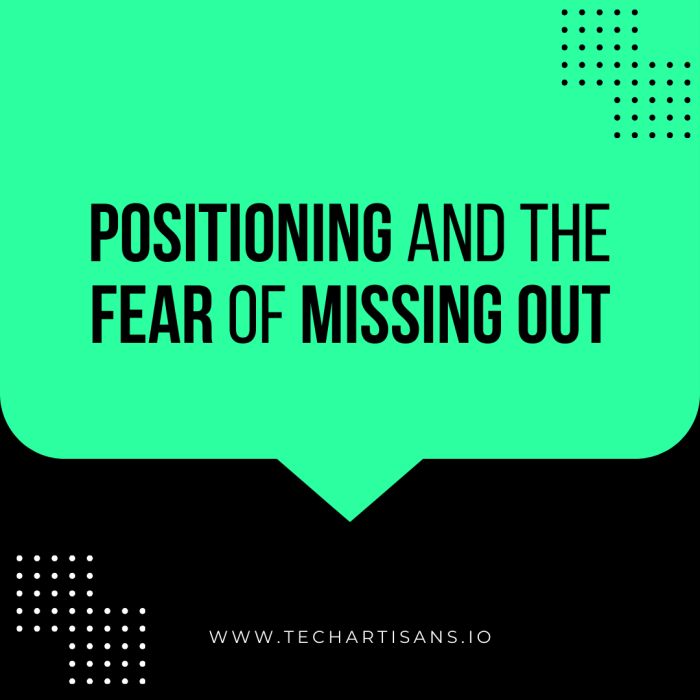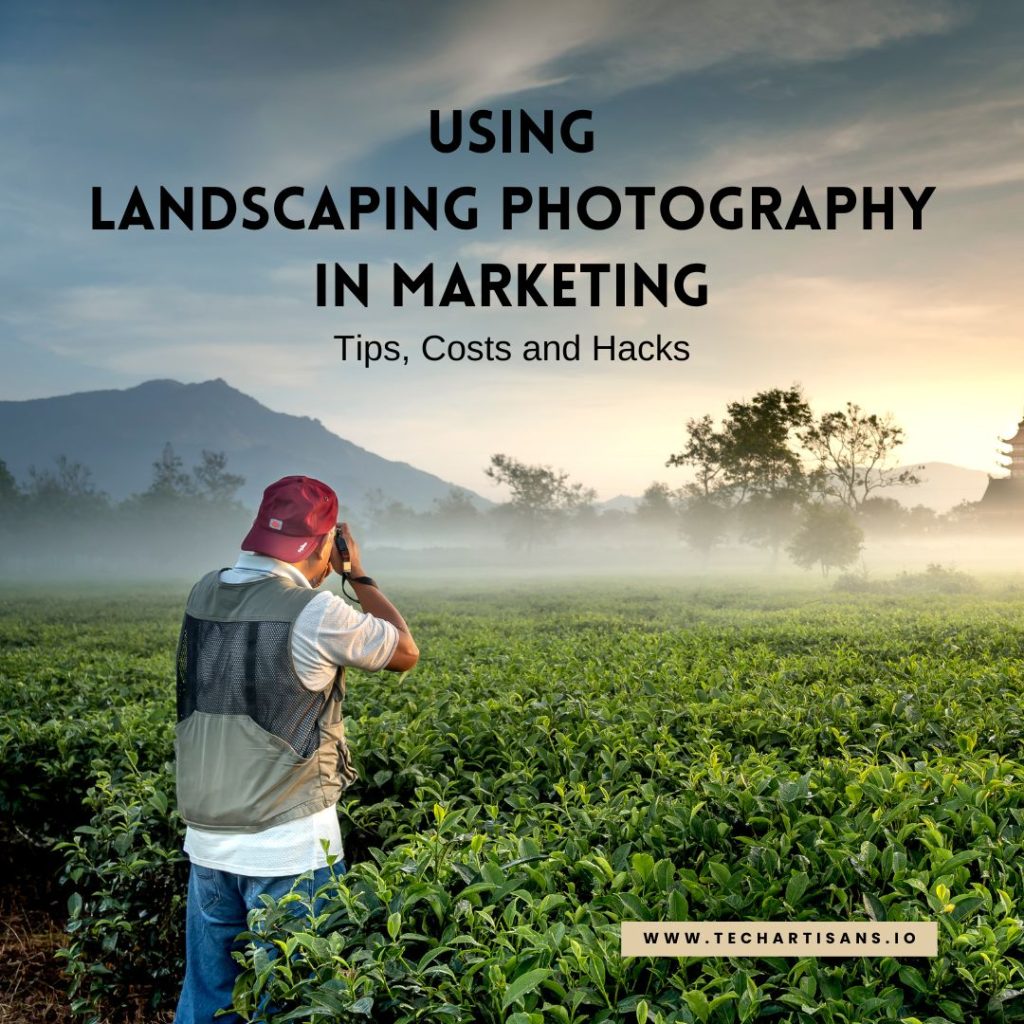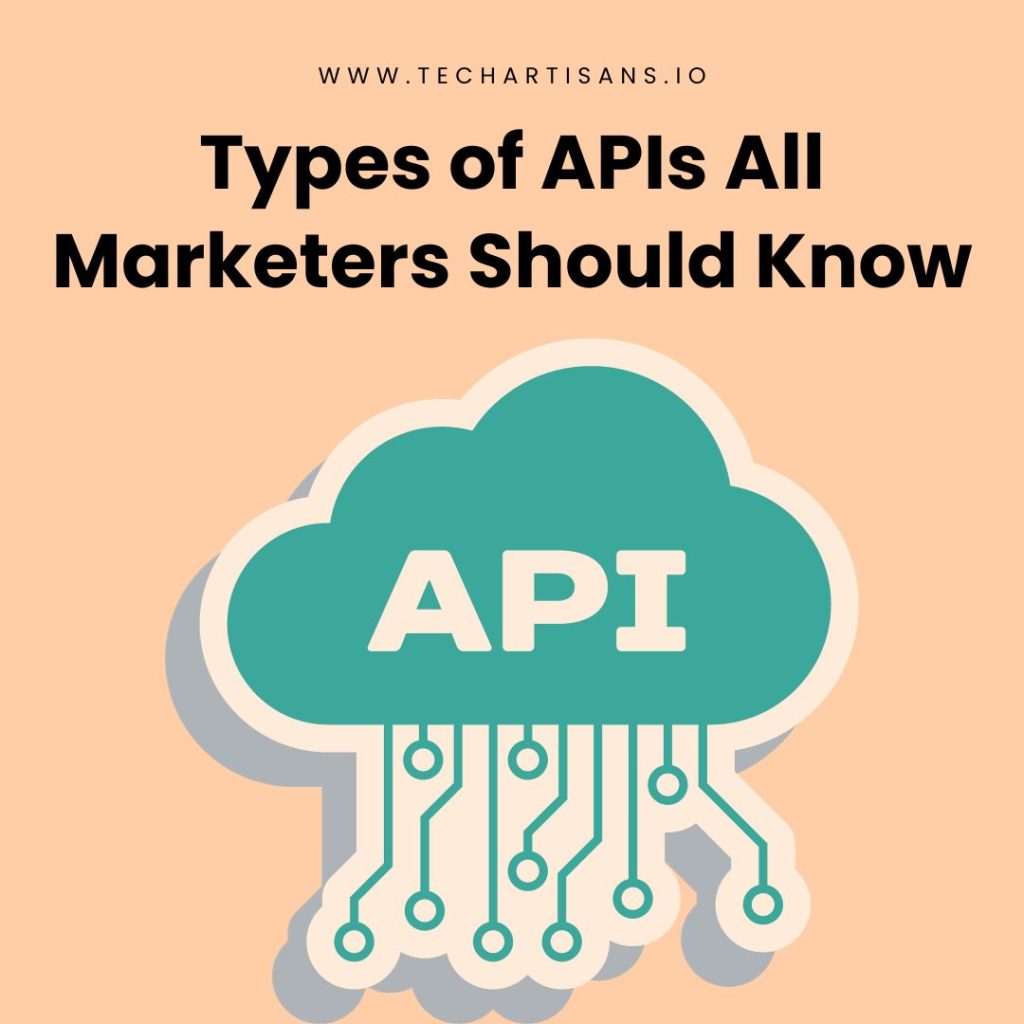In the whirlwind digital age, a new phenomenon is reshaping consumer behavior and business strategy: The Fear of Missing Out (FOMO). This psychological catalyst capitalizes on the basic human need to participate in the activity, to be “in the know,” and to avoid falling behind.
Customers experience FOMO, which makes them feel compelled to act quickly and make purchases in order to secure unique offers or popular items. Leveraging position and FOMO in marketing can be a game-changer for businesses, turning the tide in your favor by stimulating consumer engagement and accelerating business growth. In this article, we will discuss what FOMO marketing is and how it impacts your brand.
Positioning and the Fear of Missing Out
“FOMO,” or Fear of Missing Out, is a psychological state where people feel intense anxiety about being left out of rewarding experiences. This feeling is often amplified by social media, where constant updates can create the illusion that everyone else is living a more exciting life. When leveraged in marketing, this anxious urge prompts consumers to take quick action so they can take advantage of potential opportunities.
Evolution of FOMO

FOMO was primarily related to social events and experiences, with users feeling left out of parties, gatherings, or vacations they saw on their feeds. However, with the rise of eCommerce, businesses recognized the potential of FOMO as a marketing tool.
Online platforms began advertising limited-time offers, flash sales, and exclusive products, thus tapping into consumers’ fear of missing out on great deals. This evolution effectively transformed FOMO from a social phenomenon into a powerful marketing strategy. Discover how the evolution of FOMO impacts modern marketing techniques.
Role of Social Media in Amplifying FOMO

Social media platforms like Facebook, Instagram, and Twitter have become primary agents in amplifying FOMO. Explore the role of social media in marketing and lead generation. When users see their friends or followers participating in events, enjoying unique experiences, or buying the latest products, they are often left with a sense of missing out. Similarly, businesses utilize these platforms to showcase their limited-time offers or exclusive products, creating an urgency among users to make a purchase to avoid missing out on great deals.
Social Media Usage and FOMO Connection
A clear correlation exists between the amount of time spent on social media and the intensity of FOMO feelings. This is because social media platforms provide a window into a world of possibilities and experiences that one might not be a part of. Consequently, heavy users of social media tend to experience stronger FOMO, Read about leveraging social media for your business as the constant exposure to others’ lives triggers a comparative mindset, intensifying feelings of exclusion and unfulfilled desires.
Power of FOMO Marketing

The effectiveness of FOMO in marketing is supported by solid statistics, Understand the power of FOMO and how it can be ethically used in marketing that highlight its profound impact on consumer behavior.
A report by Strategy Online reveals that nearly 60% of consumers make a purchase within 24 hours of experiencing FOMO, demonstrating how this strategy can rapidly drive conversions.
In addition, a study by TrustPulse indicates that FOMO influences the purchasing decisions of 68% of millennials, illustrating its considerable sway over the significant demographic of young consumers.
1. Influence of Urgency and Scarcity in Purchasing Decisions

The principles of urgency and scarcity are pivotal in influencing purchasing decisions. Urgency elicits a sense of immediate need, a feeling that if not acted upon now, an opportunity may slip away.
On the other hand, scarcity revolves around the perception of limited availability. It’s a psychological trigger that when something is scarce, it’s more valuable. People naturally tend to secure scarce resources, and this extends to their buying behaviors as well. Learn how urgency and scarcity influence purchasing decisions.
2. FOMO in E-Commerce

Businesses strategically employ FOMO to fuel customer engagement and drive sales. One of the most effective ways they do this is by creating a sense of urgency and exclusivity.
Promotions like “limited-time offers” or “only a few items left in stock” incite fear of missing out Read more about the impact of FOMO in e-commerce on a great opportunity. Customers feel compelled to act swiftly to secure the deal before it’s too late.
Moreover, businesses often utilize social proof to amplify FOMO. When consumers see testimonials, reviews, or ‘sold-out’ tags, they perceive the product as popular and desirable. This fosters a fear of missing out on a quality product, pushing them towards making a purchase.
FOMO Marketing in Action: Real-world Examples
1. Amazon’s ‘Lightning Deals’

A prime example of FOMO in marketing is Amazon’s ‘Lightning Deals.’ Explore real-world examples of successful FOMO marketing campaigns. These are limited-time, limited-stock offers that drive consumers to act swiftly or risk missing out. A ticking countdown clock and depleting stock meter adds to the sense of urgency, accelerating purchase decisions.
2. Booking.com’s ‘Limited Availability’ Alerts

Booking.com cleverly uses FOMO by notifying users about limited room availability and how many people are viewing the same room. This not only creates a sense of scarcity but also competition, pushing users to book quickly.
3. Spotify’s ‘Exclusive Pre-Releases’

Spotify offers exclusive pre-releases to their premium users, creating a sense of exclusivity and privilege. This FOMO-driven strategy encourages free-tier users to upgrade to premium to avoid missing out on early access to new content.
Practical Ways to Implement FOMO in Marketing

Let’s explore effective strategies for implementing FOMO in your marketing efforts to boost conversions and customer engagement.
1. Real-time Event Tracking and “On Fire” Notifications

Real-time event tracking is a feature that allows businesses to monitor user behavior. Discover practical strategies to implement FOMO in your marketing and activities as they happen. This could include tracking a user viewing a product, adding it to their cart, or making a purchase.
‘On Fire’ notifications are a specific type of alert often used in FOMO marketing. They show users real-time information about other customers engaging with a product or service, such as “25 people just bought this item” or “This product is on fire with 100 purchases made in the last hour.”
These notifications capitalize on consumers’ fear of missing out, encouraging quicker purchase decisions.
2. Using Powerful Wording and Endorsements From Influencers

The choice of words can significantly amplify the impact of your FOMO in marketing strategy. Powerful phrases like ‘Last Chance,’ ‘Limited Time Offer,’ or ‘Only a Few Left’ can add a sense of urgency, making customers feel like they might miss out on a great deal if they don’t act immediately.
Additionally, endorsements from influencers can play a pivotal role. When a well-known personality endorses or shows interest in a product or service, it creates a wave of FOMO among their followers. People would want to experience something that their favorite influencer is using or recommending; hence, they are driven to purchase.
3. Case Studies of Successful FOMO Marketing Campaigns
Case studies can provide valuable insights into the successful implementation of FOMO in marketing strategies.
For instance, Amazon’s Prime Day event leverages FOMO effectively with limited-time deals and real-time countdowns, significantly increasing sales figures.
Similarly, Snapchat’s ephemeral content relies on FOMO, as users feel compelled to view stories before they disappear, enhancing user engagement.
These examples demonstrate how the strategic use of FOMO can create a powerful impetus for consumer action, driving both engagement and sales.
Future of FOMO Marketing

With digital communication becoming more personalized and immersive, FOMO strategies will likely adjust to be more targeted and context-specific. Instead of broad-based messages, there will be a shift towards tailored notifications that align with consumers’ interests and behaviors.
Moreover, the rise of virtual reality (VR) and augmented reality (AR) technologies offer new platforms for FOMO marketing. These technologies can create highly engaging and immersive experiences, intensifying the sense of FOMO.
Lastly, with increased consumer awareness and sensitivity towards manipulative marketing tactics, businesses will need to ensure their FOMO strategies are ethical and transparent. The focus will shift from creating a fear of missing out to fostering a desire to be part of a unique and valuable experience.
Learn Digital Marketing Kickstart: Finding Your Starting Point
Role of Technology in Shaping Future FOMO Strategies

Technology will play a crucial role in shaping FOMO strategies in the future. Advanced data analytics will allow businesses to understand customer behavior in detail, helping to craft more personalized and effective FOMO messages.
Artificial Intelligence (AI) can automate and optimize the timing of these messages, enhancing their impact. Furthermore, new platforms like social media stories or VR experiences will offer innovative ways to create a sense of urgency and exclusivity.
However, with these advancements, businesses must remember to maintain transparency and ethical standards, ensuring that technology is used to add real value for customers, not just to stimulate fear of missing out.
Ethical Considerations in FOMO Marketing

While FOMO marketing can be highly effective, businesses must strike a balance with ethical responsibility. Read about ethical considerations and strategies in FOMO marketing. Marketing strategies should not exploit customers’ vulnerabilities or foster unhealthy consumer behaviors. Instead, they should aim to create genuine value for customers.
For instance, limited-time offers should indeed be limited, and the scarcity of products should not be artificially created. Transparency, honesty, and respect for customers’ autonomy should be fundamental in all marketing practices.
Addressing Negative FOMO Emotions

FOMO marketing can sometimes lead to negative feelings such as anxiety, regret, or dissatisfaction, especially when customers make rushed purchase decisions. Businesses can mitigate these feelings by offering excellent customer service and flexible return policies. It’s also important to balance the fear of missing out with clear, accurate information about the offered product or service. This allows consumers to make informed decisions, reducing the potential for disappointment or regret.
Conclusion
A crucial component of contemporary marketing is comprehending and capitalizing on the Fear of Missing Out (FOMO). It’s an effective technique that can increase sales, encourage prompt purchases, and increase consumer interaction. But it’s imperative that companies ethically use FOMO marketing, striking a balance between instilling a sense of urgency and providing clear, accurate information. This guarantees that customers make knowledgeable choices, increasing contentment and allegiance.
Embrace FOMO marketing, but remember, your ultimate goal should be to create a valuable and memorable experience for your customers, not just to incite fear of missing out.







